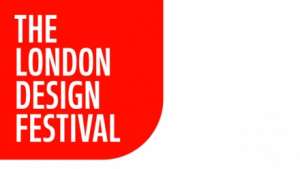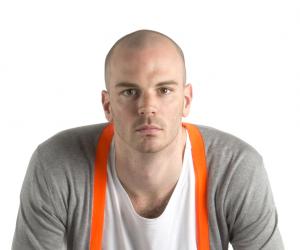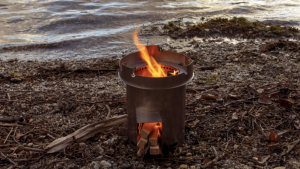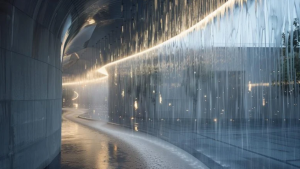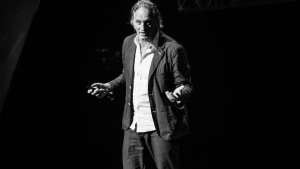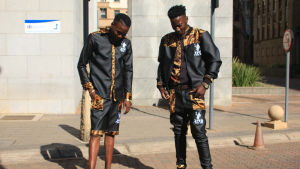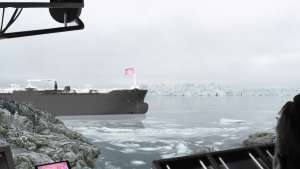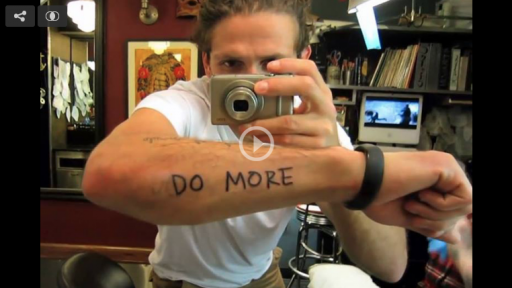From the Series
Speaking to rising star Benjamin Hubert about his work is like a primer on industrial design. Describing his ethos as materials-driven and process-led, he creates simple, streamlined furniture and products whose form is inherently connected to their production.
"Our starting point is research into materials and construction," says the British designer whose stand at Design Junction at the 2012 London Design Festival was sponsored by De La Espada. "We then find a particular application and format for it."
The Tenda lamp, for example, which was launched at the event, was born of his search for lightweight stretchy textiles to work with. He found it in a fabric from the fashion industry that is usually used in underwear. The fabric forms naturally concave and convex shapes when supported by criss-crossing lightweight fibre-glass rods. The entire design comes apart to create a product that is "truly flatpack and [that] has huge three-dimensionality to it," Hubert says.
The Coracle chair came out of his interest in Portuguese materials and modes of production – in particular, leather used in the automotive industry. The web-like design of the chair is a response to working with the perforated pressed leather. "We wanted to find a construction that we could cover the whole of the framework in," he explains. The chair's frame is wrapped in the leather while the backrest is a lattice of interwoven strips.
The Cargo chair for De La Espada employs the same perforated leather, this time as a way to add support to the frame. The chair's wooden space frame has no crossbeams to support the sitter's weight so the leather is used to brace and strengthen the structure.
The thin framework of the Maritime chair for Casamania was inspired by techniques used in the boatbuilding industry. The plywood seat and backrest form one continuous piece, bent and shaped around a series of supporting ribs in the manner of ship's hull.
Hubert has become increasingly interested in the fashion industry for its fabrics and construction techniques. The surface of the Garment chair for Cappellini, for example, is entirely covered by a single piece of soft, folded fabric that came out of studying how garments are put together.
"I like to show the construction, materiality and process as the design language rather than starting with a form-based study," Hubert says. Industrial process and the technology that fuels them excite him most - "the passion that comes from the factories".

